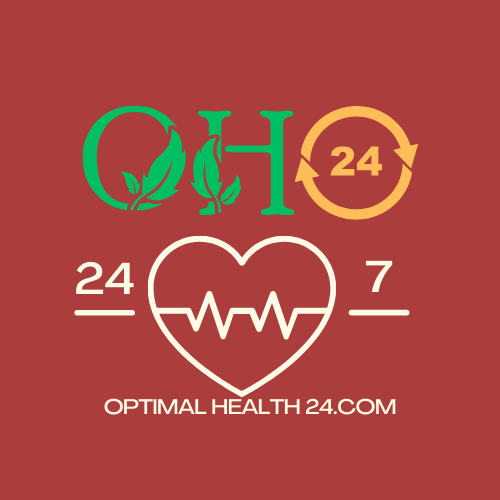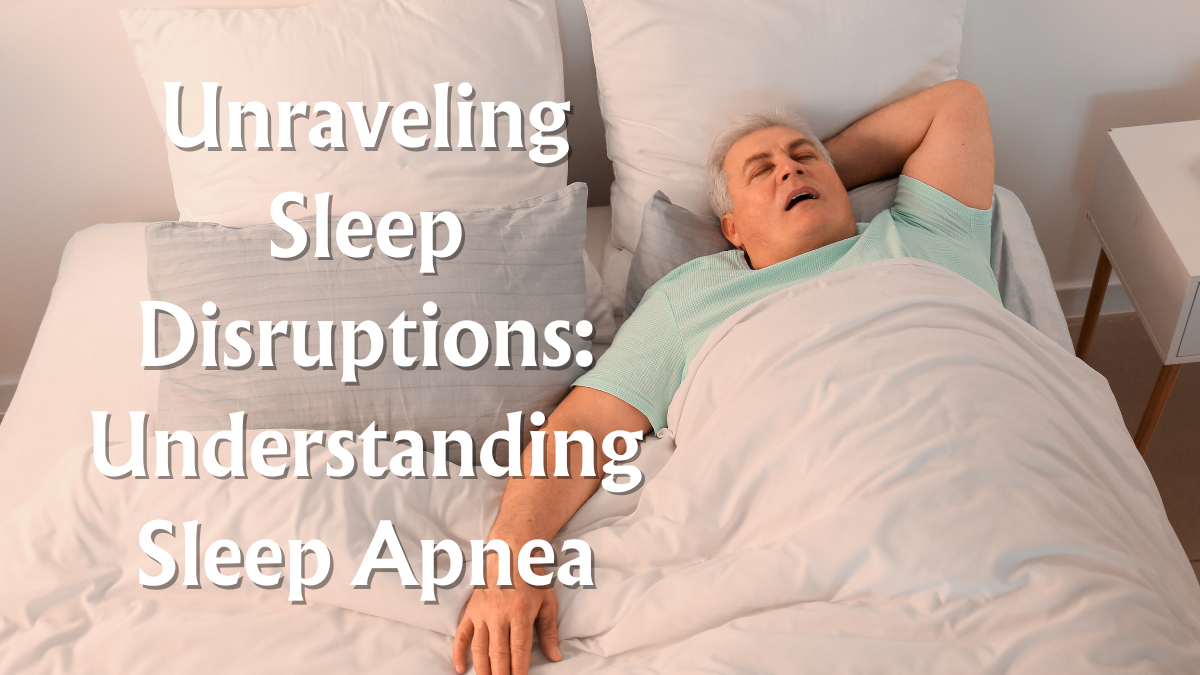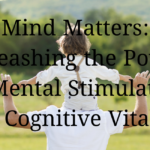Unraveling Sleep Disruptions: Understanding Sleep Apnea
Sleep disorders can significantly impact overall well-being, and Sleep Apnea emerges as a prevalent condition associated with interrupted breathing during sleep. Let’s delve into the intricacies of Sleep Apnea, exploring its characteristics, causes, and avenues for support and management.

Sleep Apnea: The Silent Disruption of Restful Nights
– Definition: Sleep Apnea is a sleep disorder characterized by repeated interruptions in breathing during sleep, leading to brief awakenings and fragmented sleep.
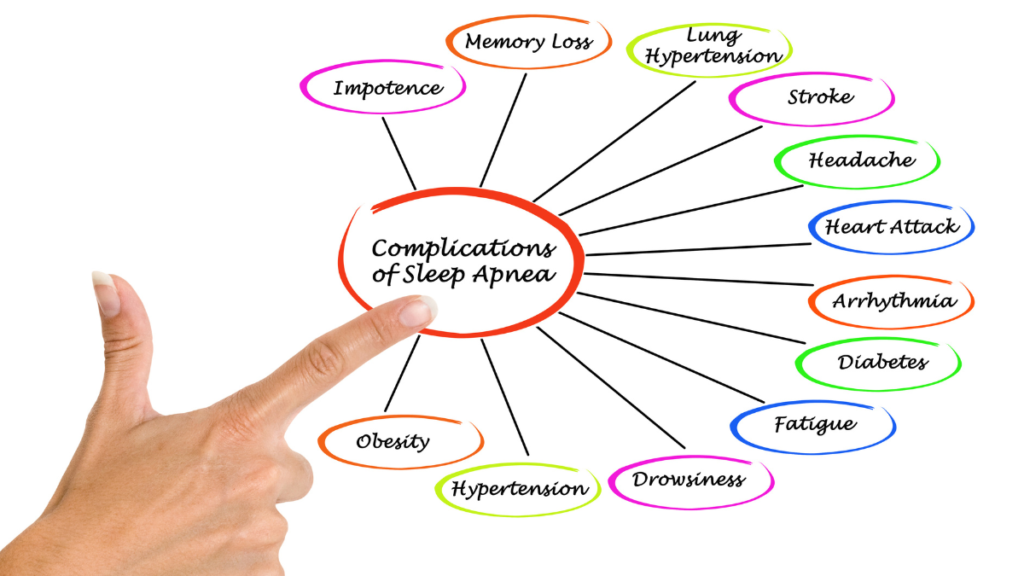
– Types:
– Obstructive Sleep Apnea (OSA): Caused by the temporary collapse of the upper airway.
– Central Sleep Apnea: Results from a failure of the brain to send the appropriate signals to the muscles to breathe.
– Causes:
– OSA: Obesity, anatomical factors, and muscle tone issues.
– Central Sleep Apnea: Heart failure, stroke, and certain medications.
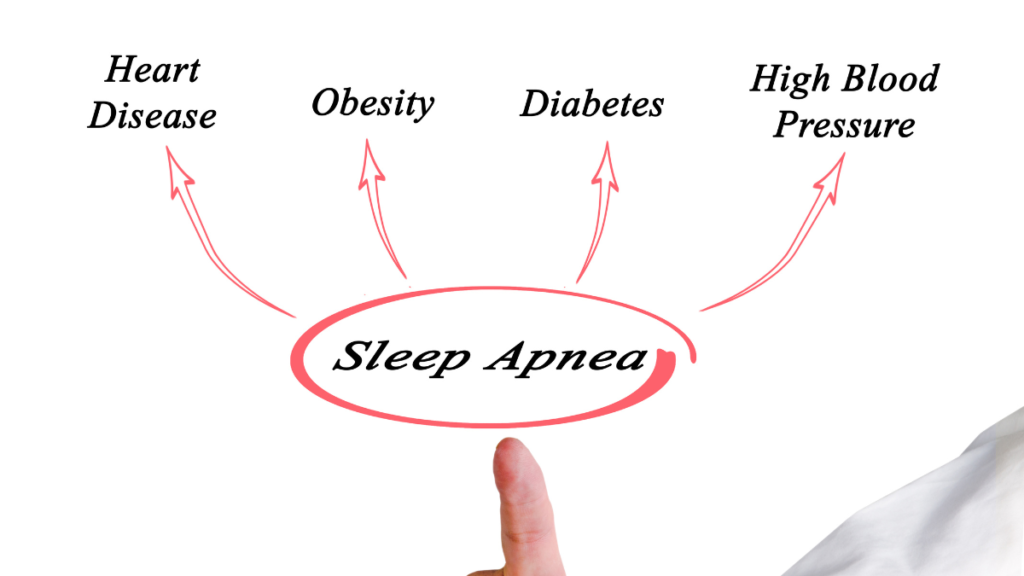
– Symptoms:
– Loud snoring, gasping, or choking sounds during sleep.
– Excessive daytime sleepiness.
– Difficulty concentrating and irritability.
– Diagnosis: Sleep study (polysomnography) conducted in a sleep center.
– Management: Lifestyle changes, continuous positive airway pressure (CPAP) therapy, oral appliances, and, in some cases, surgery.
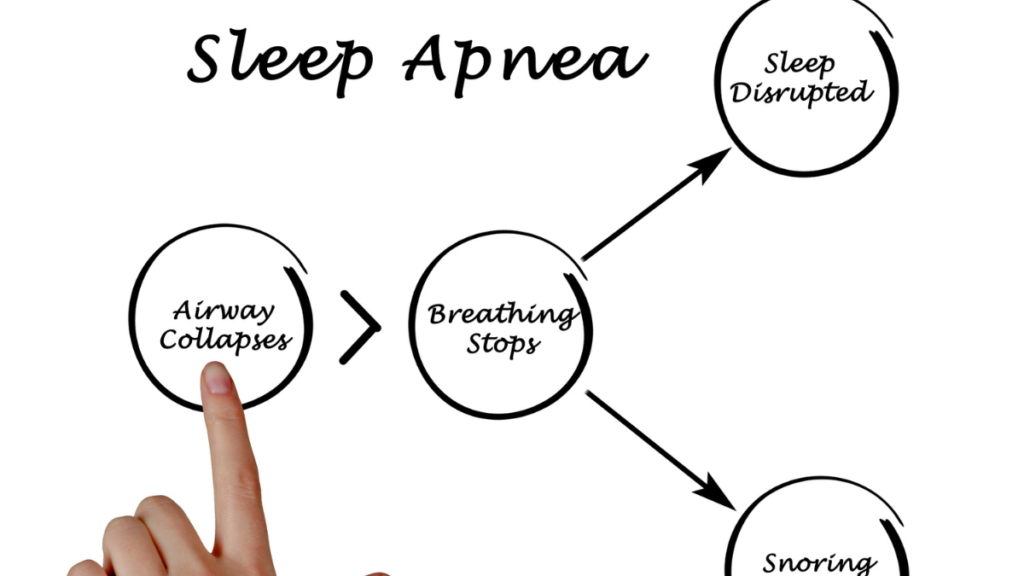
Navigating Restful Nights:
– Positional Therapy: Sleeping in certain positions may help reduce the severity of Sleep Apnea.
– Weight Management: For those with OSA, weight loss can significantly improve symptoms.
Hope Amid Complexity:
– Advancements in Treatment: Ongoing research leads to improved understanding and innovative treatments for Sleep Apnea.
– Public Awareness: Increased awareness about Sleep Apnea promotes timely diagnosis and intervention.

Conclusion: Embracing Restorative Sleep Despite Sleep Apnea
Understanding Sleep Apnea is essential for embracing restorative sleep and addressing potential health risks associated with the condition. With proper diagnosis, lifestyle adjustments, and effective treatments, individuals can navigate the complexities of Sleep Apnea with resilience and hope.
FAQs about Sleep Apnea
1. Can Sleep Apnea go undiagnosed?
– Yes, Sleep Apnea can go undiagnosed as the interruptions in breathing often occur during sleep. Increased awareness of symptoms and seeking medical evaluation is crucial for diagnosis.
2. Is Sleep Apnea only prevalent in older individuals?
– No, Sleep Apnea can affect individuals of any age, including children. However, the prevalence tends to increase with age.
3. Can lifestyle changes alone alleviate Sleep Apnea?
– Lifestyle changes, such as weight loss and positional therapy, may help reduce the severity of Sleep Apnea, especially in mild cases. However, moderate to severe cases often require additional interventions.
4. How does Sleep Apnea impact overall health?
– Untreated Sleep Apnea is associated with an increased risk of cardiovascular issues, diabetes, and other health conditions. Addressing Sleep Apnea is crucial for overall health and well-being.
5. Can Sleep Apnea lead to complications during surgery?
– Yes, individuals with Sleep Apnea may be at a higher risk of complications during surgery. It’s important to inform healthcare providers about the condition before undergoing any surgical procedures.
